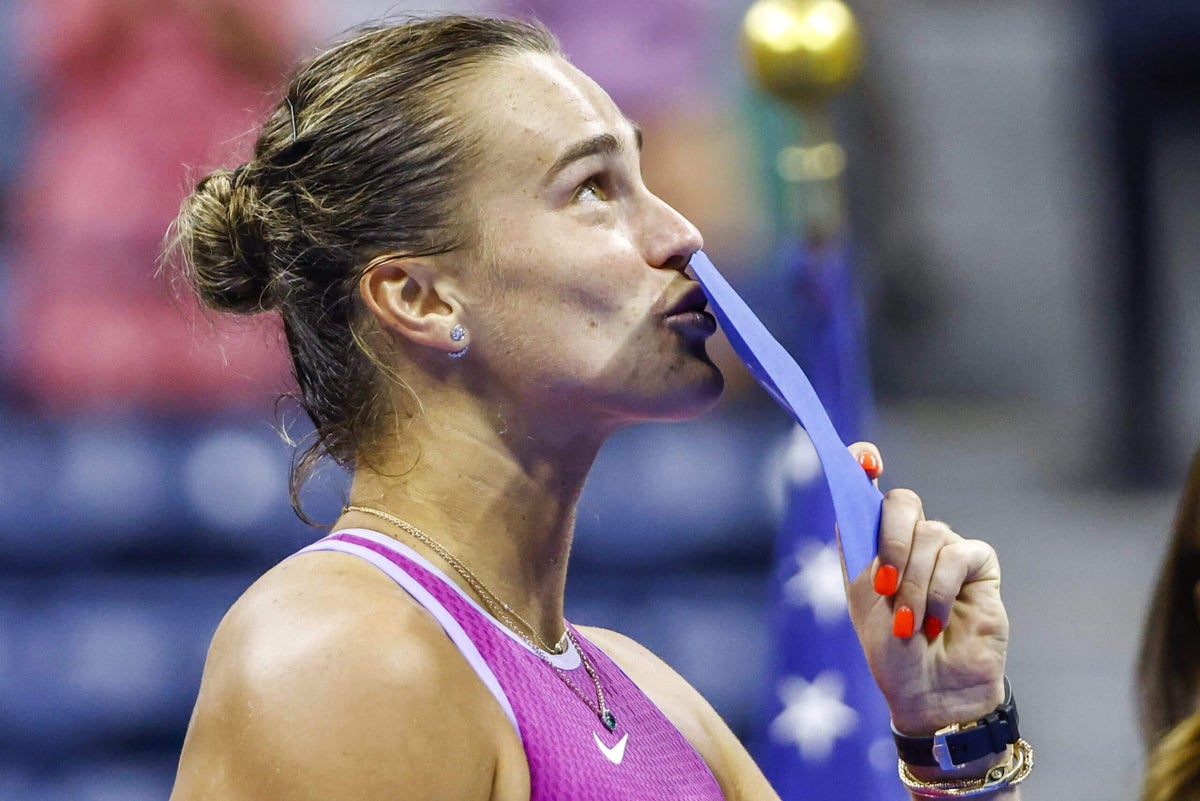The 2025 U.S. Open will be the richest in history, with player prize money at the Grand Slam rising to $85 million (£63.8 million at the current rate) — significantly more than the other three major tennis tournaments: Wimbledon, the Australian Open and the French Open.
This year’s purse delivers a 21 percent increase over 2024’s $70 million in prize money, which was itself a record. The $85 million figure represents just over 15 percent of the tournament’s $559.7 million (£420 million) operating revenue from a year ago, according to financial statements published by the United States Tennis Association (USTA). The total compensation pool, including money earmarked for hotel and food costs, which is not associated with performance, is $90 million. Last year’s total pool was $75 million.
The increase in prize money comes amid mounting player complaints over the share of tournament revenues that they receive.
The top men’s and women’s stars have hired former WTA chief executive Larry Scott to lobby the Grand Slams on their behalf, arranging meetings with tournament organizers to make their case. While the four majors tout their record prize money, the players point to a disparity of proportion: in U.S. team sports, such as the NFL, MLB and NBA, players receive closer to 50 percent of revenues. The figures for tennis are in the mid-teens.
It also comes amid an antitrust lawsuit launched by the Professional Tennis Player Association (PTPA), the organization co-founded by 24-time Grand Slam champion Novak Djokovic in 2021. The original filing named the four Grand Slams as “co-conspirators” to a “cartel” comprising the men’s and women’s tours, the International Tennis Federation, and tennis’ anti-doping authority, the ITIA.
The PTPA has subsequently declared it is having “productive discussions” with the four majors, and removed them from an updated complaint filed in June. The ATP (men’s) and WTA (women’s) governing bodies have filed to dismiss the lawsuit entirely.
This context may inform the U.S. Open’s prize money increases for 2025 being targeted at players who go deeper at the event, after several years of beefing up prize money in the earlier rounds. The singles champions will each receive $5 million; the winning doubles teams, including at the new, two-day, at-times-criticized mixed doubles event, to be held the week before the singles begins, will receive $1 million each.
The beaten singles finalists will receive $2.5 million, which works out at more than what this year’s Australian Open champions got, thanks to current exchange rates. That’s an increase of 39 percent on 2024. The semifinalists will be paid $1.26 million, an increase of 26 percent, and quarterfinalists $660,0000, an increase of 25 percent. Round-of-16 competitors will take home $400,000, an increase of 23 percent.
Anyone who qualifies for the singles main draw will receive $110,000, up 10 percent from last year. Qualifying for qualifying is good for a $27,500 payday.
“This follows years of a strategic focus on redistribution to the early rounds and qualifying tournament to provide meaningful payouts to all players,” the USTA said in a statement.
The pool is significantly bigger than the other three Grand Slams’ 2025 efforts, but it’s the share-of-revenue figure that the players will be watching like a hawk. At this year’s Wimbledon, the $72 million prize pool amounted to just over 13 percent of its 2024 revenue of $553 million. The proportions for the Australian and French Opens were both just under 17 percent, but Tennis Australia reports its revenues inclusive of money earned at smaller events throughout the tennis season in the country, as well as the Melbourne major.
The Grand Slams’ organizers have long argued that they are different from the leaders of other sports. They have to spend much of the money they collect from these events to fund their operations, as well as growing and promoting tennis in their respective countries. It is an argument that does not provide a great deal of comfort for players who don’t come from the Grand Slam nations of the U.S., Great Britain and Northern Ireland, France and Australia.
They also all compete with one another in an arms race for supremacy in facilities, tournament experience and, ultimately, compensation. The USTA’s move is likely to put pressure on the other Grand Slams to raise their compensation level into 2026, while tennis continues to reckon with its financial future in the face of player pressure.
(Photo of Aryna Sabalenka and her 2024 U.S. Open winner’s check: Emaz / Corbis via Getty Images)

